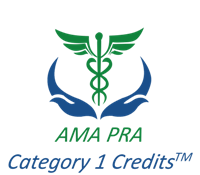Ali Bani-Ahmed
University of Tabuk, Saudi Arabia
Title: Primary motor cortex and “true†motor recovery in chronic stroke
Biography
Biography: Ali Bani-Ahmed
Abstract
One major prerequisite for successful restorative therapies after stroke is a finer knowledge of how motor training reshapes the brain after injury and whether this reshaping is adaptive or maladaptive. We specifically investigated longitudinal neural changes (functional MRI, fMRI) in the primary motor cortices (M1) occurring as a function of “true†motor recovery following a motor training. Task-related fMRI measures were collected in 11 chronic patients and 12 age- and gender-matched controls immediately before and after a four-week training period (1080 repetitions per participant). Training comprised variable practice of a reach-to-grasp task executed with the impaired hand in patients and the dominant hand in controls. During practice, groups received faded (17% average) knowledge of performance about arm joint movements. Magnitude of M1 activation and anterior trunk displacement, a measure of compensatory movement strategies employed by patients to accomplish a reaching task, were analyzed. Prior training, relative to controls, patients exhibited a trend towards greater activation in M1 contralateral to the tested hand and significantly greater activation in ipsilateral M1. They also showed increased trunk movement and stronger and significant M1 activation-trunk movement correlations. After training, patients exhibited “normalization†of bilateral M1 activation, a decrease in compensatory trunk recruitment, and a trend toward “normalization†of motor activation-trunk movement relationships. We conclude that M1 is likely to play a major role in “true†recovery, suggested here by decreased use of compensatory strategies. We also suggest that combined movement kinematics-fMRI approach could help to gain a better understanding of underlying mechanisms of intervention.

